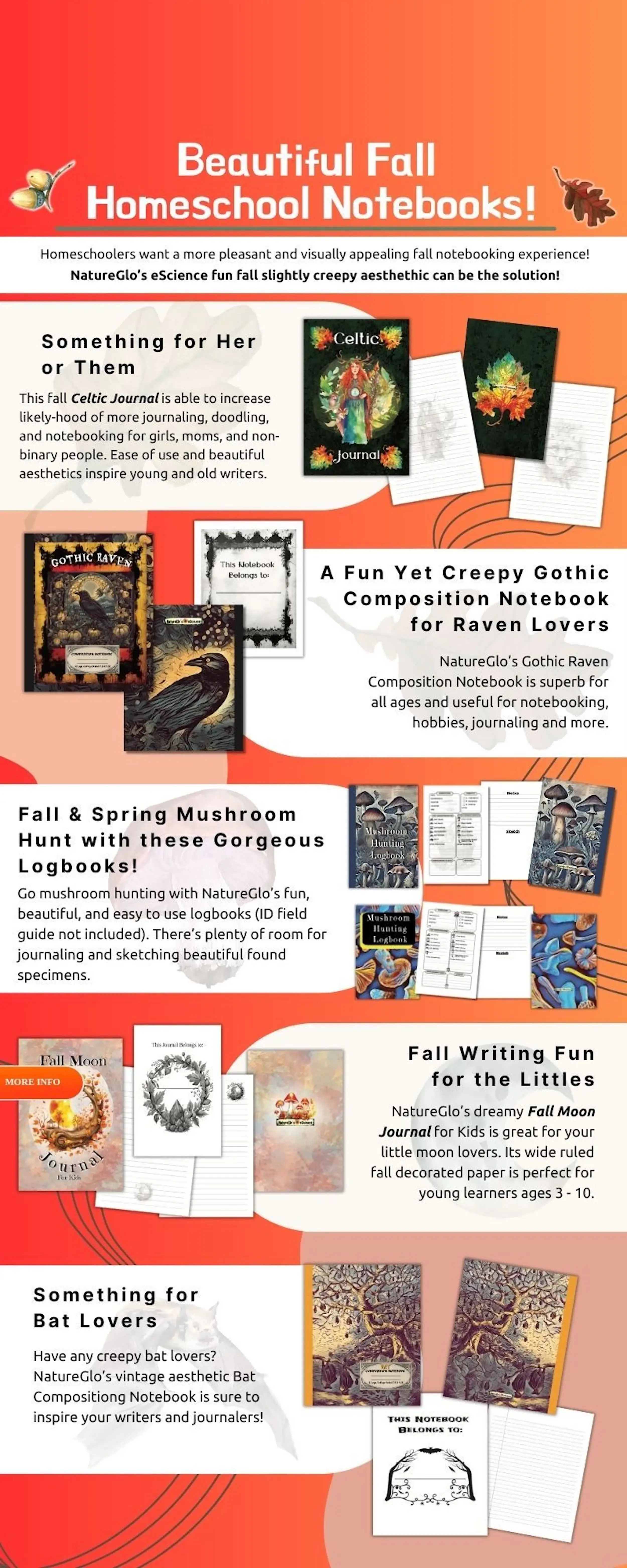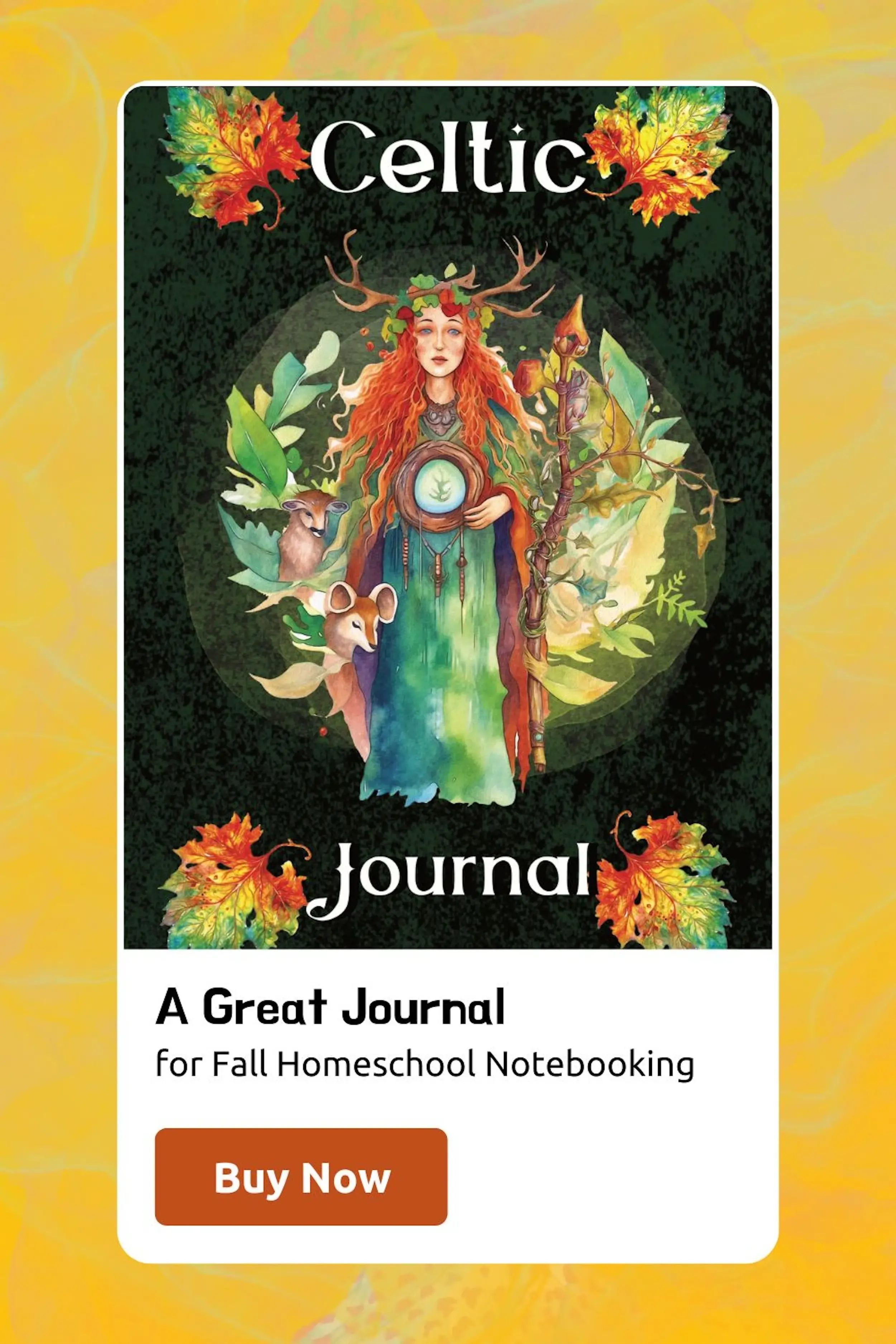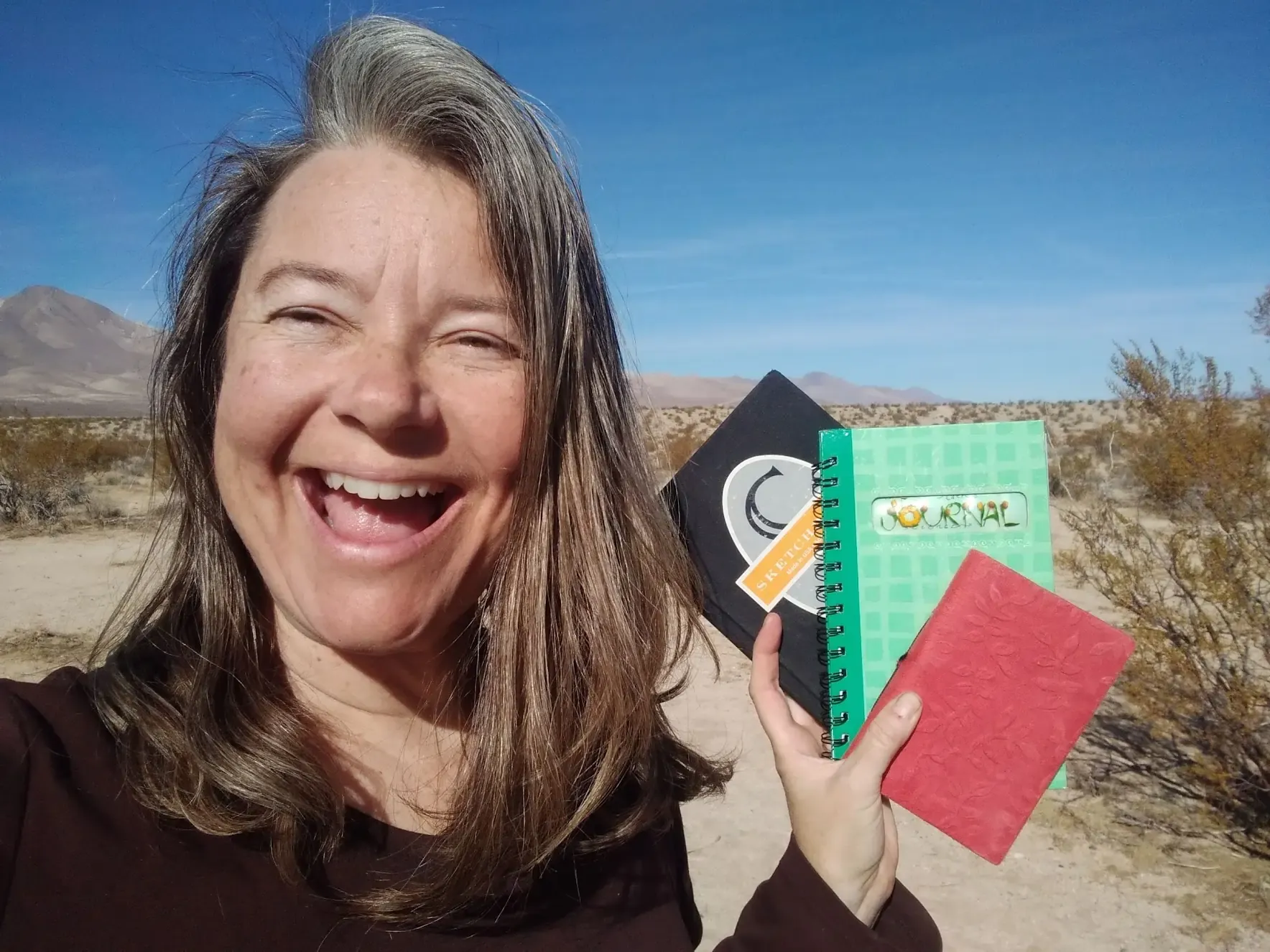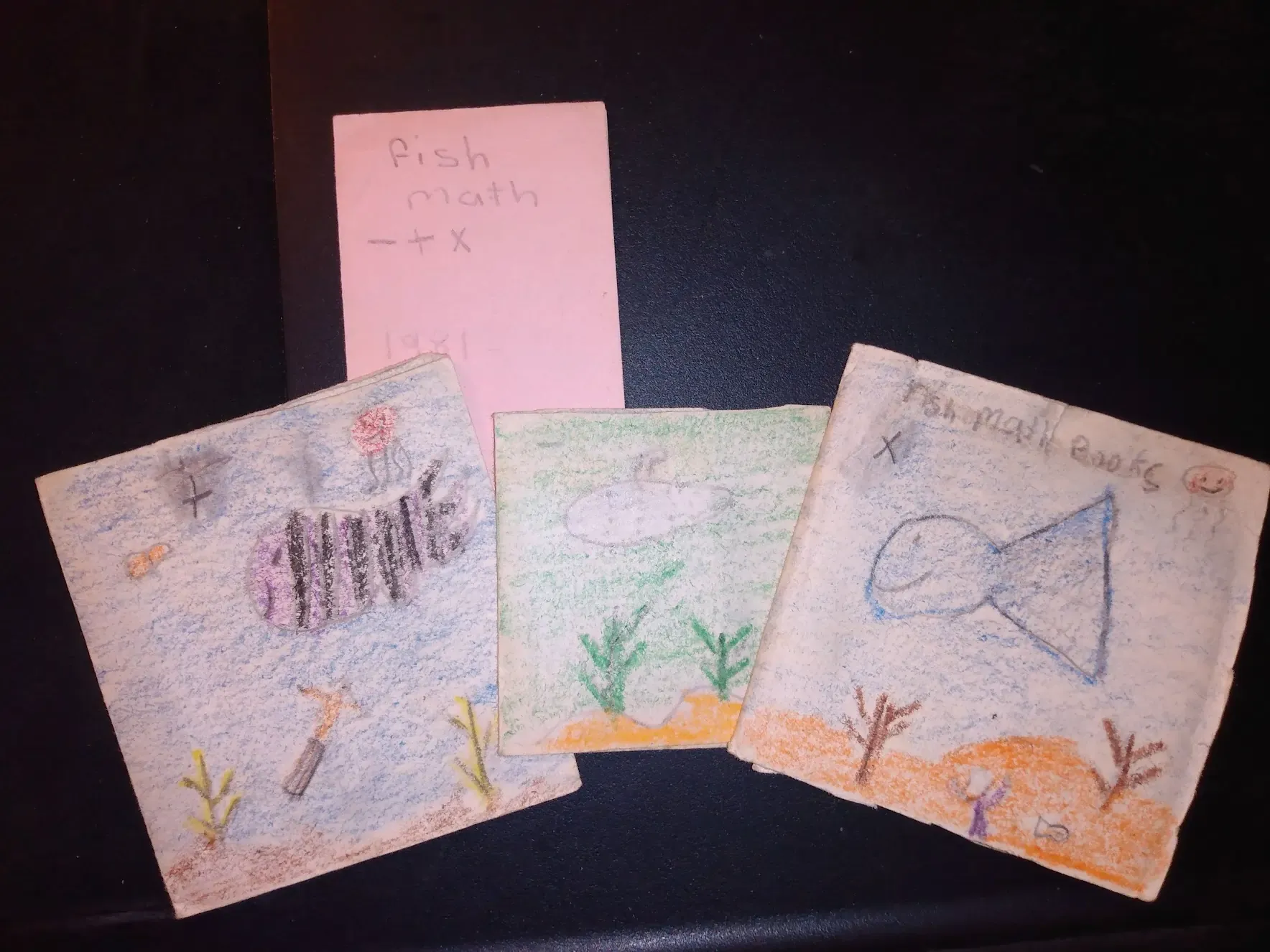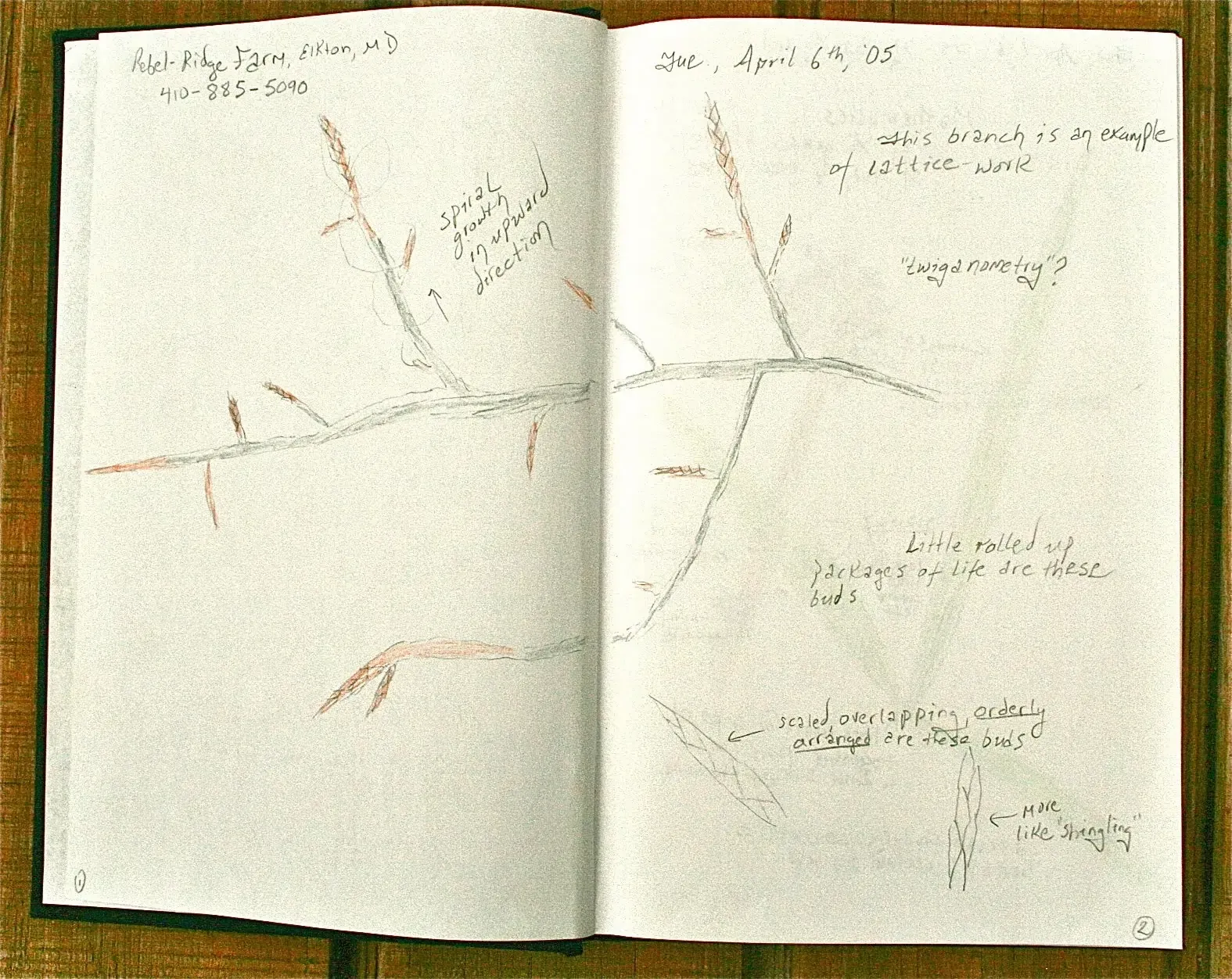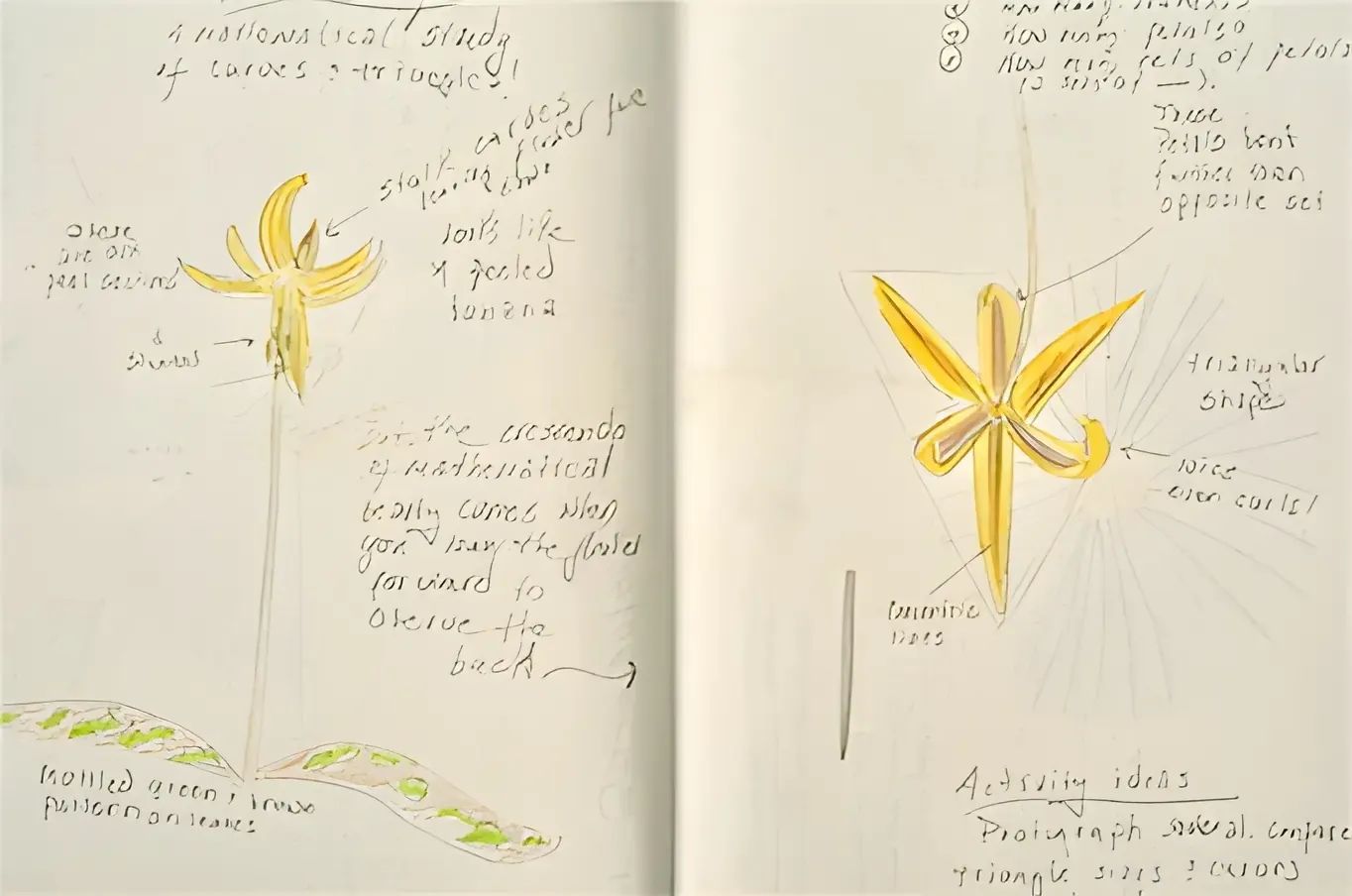How to Do Freestyle Fall Homeschool Notebooking
Homeschool and school, unless you're a year round homeschooler/schooler, generally begins in late summer. As we slide into fall this year, autumn is such an inspirational time of the year for creativity to spark. The air is cooler and you can think more clearly. The energy is usually still running high with the newness of the learning year.
The excitement of the holidays is just around the corner. The leaves in the backyard are starting to change. Animals are storing up food for the winter. Many animals are preparing for their hibernation. There is a great deal of interest and curiosity from children during this time of year.
How about recording some of those moments in a beautiful notebook?
How, you may ask?
How to Homeschool without a Curriculum
First, let me ask you a question.
Would you like to learn how to homeschool without a curriculum? Notebooking is a fantastic way to homeschool without using a traditional curriculum. Can't live without your curriculum? Notebooking is a superb supplement with any curriculum.
Being the relaxed eclectic homeschool facilitator that I am, I'm suggesting freestyle notebooking for capturing those organic childhood learning moments where your kiddos discover something in nature, become entralled by it, and swing into some kind of organic craft-making, storytelling, play making, building, or, art mode. This is the kind of content that can be "freestyled" and added into a blank journal, spiral notebook, or composition notebook.
Consider using any or all of NatureGlo's beautiful fall themed notebooks for your fall themed journals this fall. The were published in the autumn for such a time as this!
What is Homeschool Notebooking?
Homeschool notebooking is the act of using notebooks to record child learning. Varying styles of blank notebooks are used. Notebooking can be done in whatever way suits your family. It will look differently for everyone.
Have a look at NatureGlo's beautiful fall Celtic Journal for girls, women and non-binary. This lined decorative journal is fantastic for freestyle homeschool notebooking!
Notebook Types
There is a broad range of notebooking types homeschoolers use. I'll list the various types below, in order of popularity.
- Composition notebook
- Journal
- Spiral bound
- 3-ring binders (add loose leaf paper)
- Copywork and dictation notebooks
- Story paper (lined with a box at the top to draw inside)
The list could go on, but, we'll leave it at 6 notebook types. Notebooks can be blank, such as is found in sketchbooks. They can be lined with or without images, and or prompts.
Enjoy looking at NatureGlo's Gothic Raven Composition Notebook.
How to Do Freestyle Homeschool Notebooking
Freestyle notebooking is a very liberated way of using any kind of notebook. When your child finds something of interest, they can record their discoveries in written, picture, collage, or whatever format they want to use to communicate what they interested in within their notebook.
What's so Great about Children Recording their Learning in a Notebook?
- You have tangible work to save and show for your end of year reporting.
- Creativity is liberated from schoolish workbook compulsory learning.
- Notebooks become your child's personal record of their learning - You and your child have a valuable keepsake of their learning to look back on throughout their lives.
What Kinds of Fall Homeschool Activities Can be Recorded in Homeschool Notebooking Pages?
There are countless fall activities that your child will stumble across when they're given unlimited free play time. The best way for children to find organic fall themed homeschool activities is to:
- Get outdoors playing in your backyard.
- Take family walks around the neighborhood.
- Go on nature walks at your local park, local forest or other natural areas nearby.
By getting outdoors, children will naturally play with the materials they have available to them including fall leaves, acorns, abandoned birds nests, sticks, rocks and more. Using these natural materials, many children build and create math games, art, play house, build forts, etc.
Here is your opportunity to save some of those leaves, press them, glue or tape some of the best specimens in their notebook.
Additionally, children can use their notebooks to:
- Create stories about the outdoor materials.
- Draw pictures illustrating their stories or of the materials themselves.
- Affix photos of their outdoor backyard adventures into the notebook.
- Create natural paints by crushing plants and mixing with some water, if necessary. Dip their finger or other media (sticks, acorns, rocks) into the paint and paint images or write in their notebook.
- Make paint using soil mixed with water. Experiment with various creating various paint shades using different soil types (if available) from around your yard or local area.
HOT HOMESCHOOL NOTEBOOKING TIP: With freestyle notebooking, resist the urge to try to force organization on your child. Allow them the liberty to learn and grow from Notebooking and figure out their own system of organization. Certainly, you can make suggestions such as keeping a table of contents. But, ultimately, freestyle notebooking is your child's opportunity to figure out their own style of recordkeeping.
Notebooking can be done for all ages of children. Freestyle notebooking allows children to create the pages as they wish. They simply add into the notebook whatever content they wish in whatever style best suits them.
Types of Homeschool Notebooking Content Expression
- Drawings (especially handy for non-readers and writers)
- Collages with photographs
- Paintings or other art media
- Writing - stories, plays, poetry
- Mixed media - paint, newspaper clippings, decorative wallpaper etc.
It really is that simple!
Freestyle Homeschool Notebooking Examples (Using Math)
Even math can be "freestyled" into a notebook! Yes, really! Math seems to be relegated to organized curriculum including textbook, lecture, and workbook learning.
But, I beg to differ.
Math is BEST learned in its context and what better way to learn math for children then through recording their free play math games in their journals.
Below are some photographs of my own notebooks over the years. These are similar to how I've guided my online and in-person homeschool learners to create their notebooks.
Here I am showing off three notebook types I've had for many years. The back blank black book is a hardback journal, the middle green lined notebook is obviously a spiral bound journal, and finally, the small blank red notebook was bound with a string. I still have all three of these notebooks!
Below is an example of a child-made freestyle mini collection of notebooks, of which I had created at 8 years old! These were created by cutting out tiny sheets of paper, drawing and coloring on them, and finally taping them together. I STILL have these tiny math notebooks and the tape still holds them together!
Below are internal workings of my MathArt unlined journal.
Here is a rich and fun example of finding math in a beautiful wildflower called a Trout lily.
My hope is that you'll find inspiration in this post for your homeshool, shuck off unwanted and unnecessary curriculum in place of notebooking your way through your K - 12 home experience.
Be sure to check out more of NatureGlo's eScience journals, logbooks and composition notebooks on Amazon.
Talk soon,
NatureGlo

